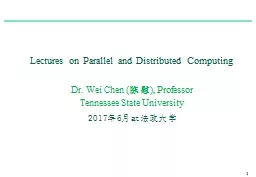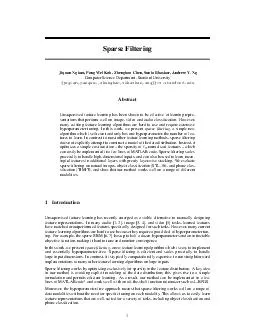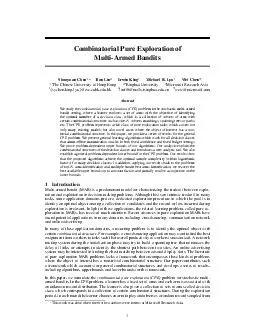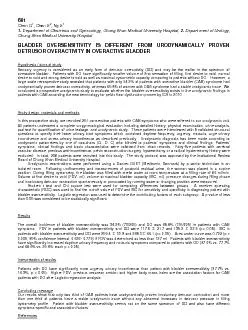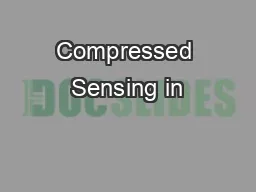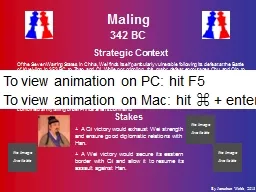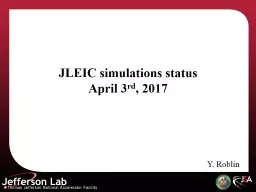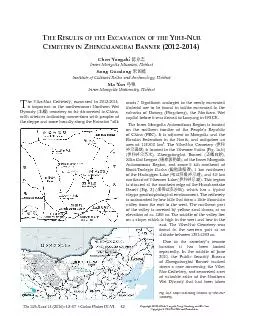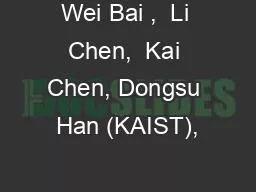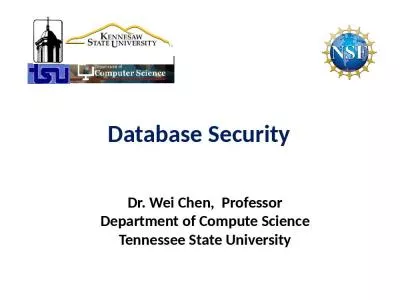PPT-Dr. Wei Chen ( 陈慰 ), Professor
Author : atomexxon | Published Date : 2020-08-05
Tennessee State University 2017 年 6 月 at 法政大学 1 Lectures on Parallel and Distributed Computing 2 Lecture 1 Introduction to parallel computing Lecture
Presentation Embed Code
Download Presentation
Download Presentation The PPT/PDF document "Dr. Wei Chen ( 陈慰 ), Professor" is the property of its rightful owner. Permission is granted to download and print the materials on this website for personal, non-commercial use only, and to display it on your personal computer provided you do not modify the materials and that you retain all copyright notices contained in the materials. By downloading content from our website, you accept the terms of this agreement.
Dr. Wei Chen ( 陈慰 ), Professor: Transcript
Download Rules Of Document
"Dr. Wei Chen ( 陈慰 ), Professor"The content belongs to its owner. You may download and print it for personal use, without modification, and keep all copyright notices. By downloading, you agree to these terms.
Related Documents

